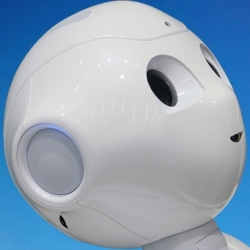
In field after field, the ability to collect data has exploded, in biology, with its burgeoning databases of genomes and proteins; in astronomy, with the petabytes flowing from sky surveys; in social science, tapping millions of posts and tweets that ricochet around the internet. The flood of data can overwhelm human insight and analysis, but there are powerful new tools for making sense of it all.
In a revolution that extends across much of science, researchers are unleashing artificial intelligence (AI), often in the form of artificial neural networks, on the data torrents. Unlike earlier attempts at AI, such “deep learning” systems don’t need to be programmed with a human expert’s knowledge. Instead, they learn on their own, often from large training data sets, until they can see patterns and spot anomalies in data sets that are far larger and messier than human beings can cope with.
AI isn’t just transforming science; it is speaking to you in your smartphone, taking to the road in driverless cars, and unsettling futurists who worry it will lead to mass unemployment. For scientists, prospects are mostly bright: AI promises to supercharge the process of discovery.
Unlike a graduate student or a postdoc, however, neural networks can’t explain their thinking: The computations that lead to an outcome are hidden. So their rise has spawned a field some call “AI neuroscience”: an effort to open up the black box of neural networks, building confidence in the insights that they yield.
Understanding the mind inside the machine is likely to become more urgent as AI’s role in science expands. Already some pioneers are turning to AI to design and carry out experiments as well as interpret the results, opening up the prospect of fully automated science. The tireless apprentice may soon become a full-fledged colleague.
